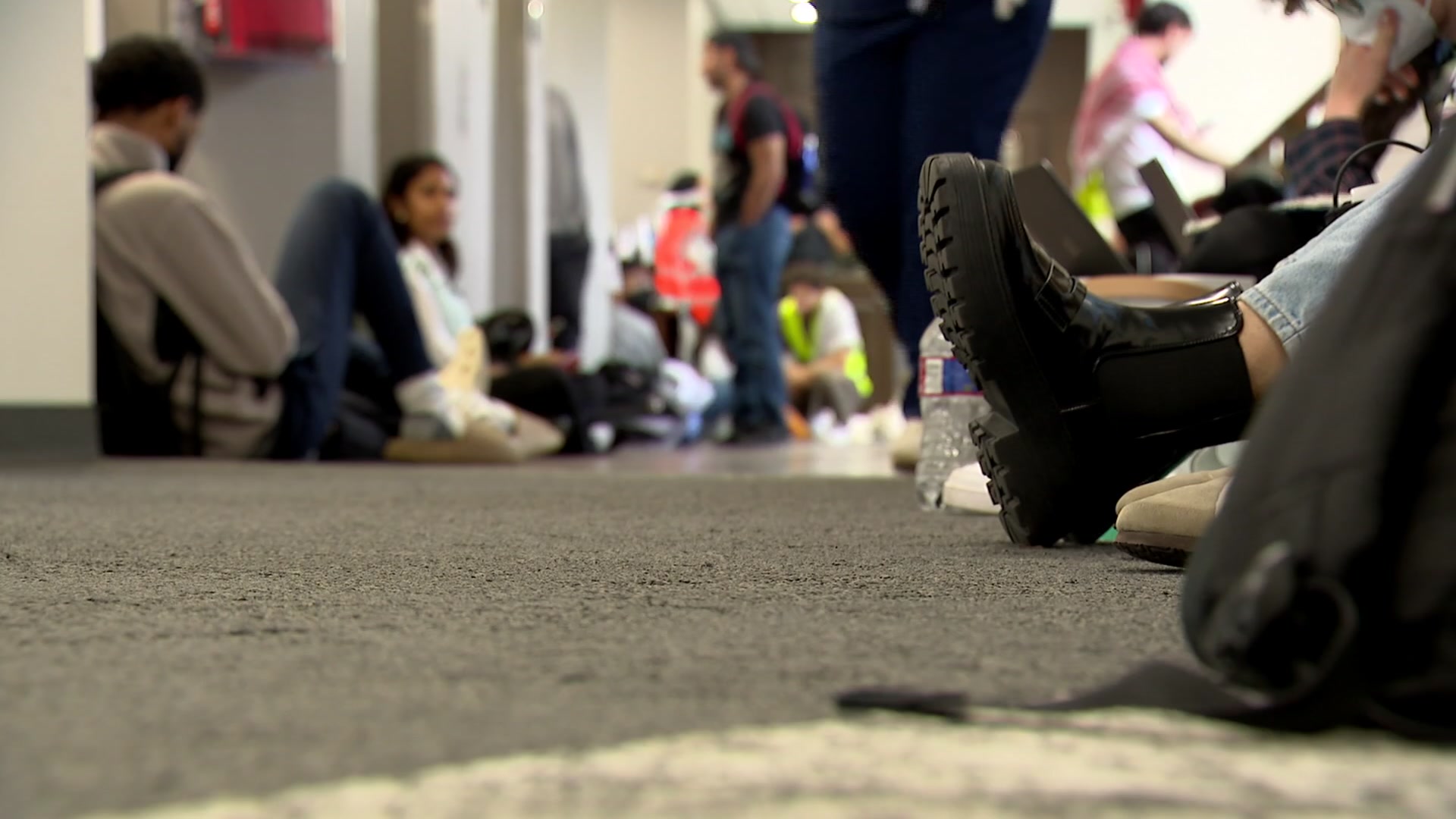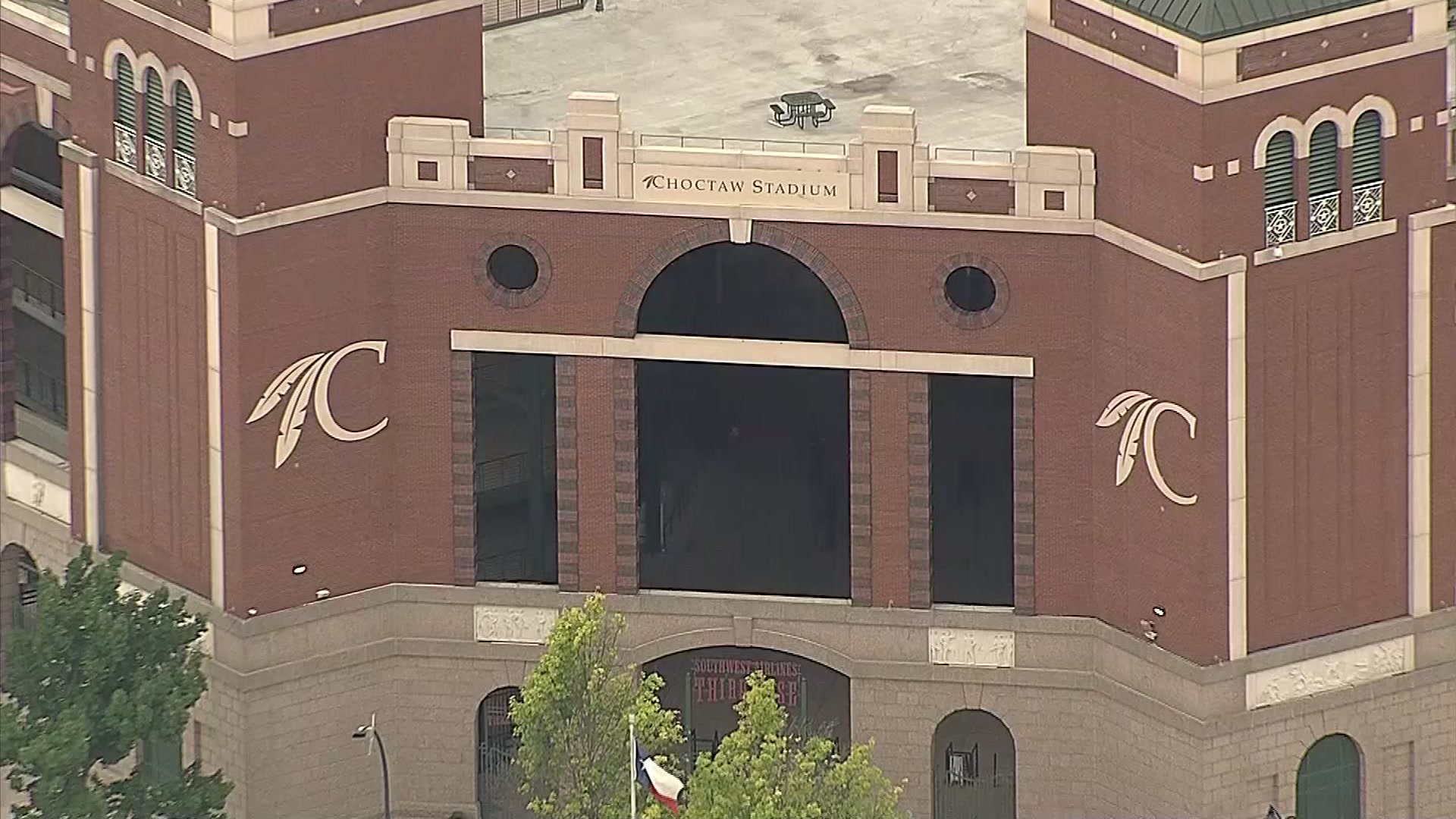Victims of last week’s tragic police shootings were taken to Parkland Hospital and Baylor University Medical Center Dallas, both level one trauma centers.
Dr. Alan Jones, Medical Director of Orthopedic Trauma, was one of the attending physicians in the emergency department as word came in of a mass shooting in downtown Dallas.
“My concern was one that there would be multiple injuries,” said Jones.
He said by the time patients started to arrive, there were between 50 to 70 healthcare providers, including surgeons, nurses and blood bank technicians ready to treat.
He said the most difficult part of the night was seeing the faces of the officers as they received word that their comrades were killed in the ambush or had succumbed to their injuries.
“We take care of people who are injured all the time. That's nothing unusual for us and more than just one or two at a time. But to see so many police officers and you know the emotion and the grief in their face, that was very difficult. I think that was the hardest part of the evening,” Jones said.
Jones described the evening as controlled chaos as victims arrived in ambulances, personal vehicles and police cruisers.
Local
The latest news from around North Texas.
“Almost immediately it was known from the media and everywhere else that there were some officers that had been killed, so having that in the context of critically injured people and many, many police officers, men and women that were here, that’s just a hard thing to put together,” he said.
Jones attended to Shetamia Taylor, the 37-year-old woman who threw herself over her son when a gunman opened fire on a downtown Dallas protest march, leaving her with a shattered leg.
Taylor was discharged from the hospital Sunday.
“She was incredibly calm and together. I’m not sure I would have done as well in the same situation,” Jones said of Taylor.



